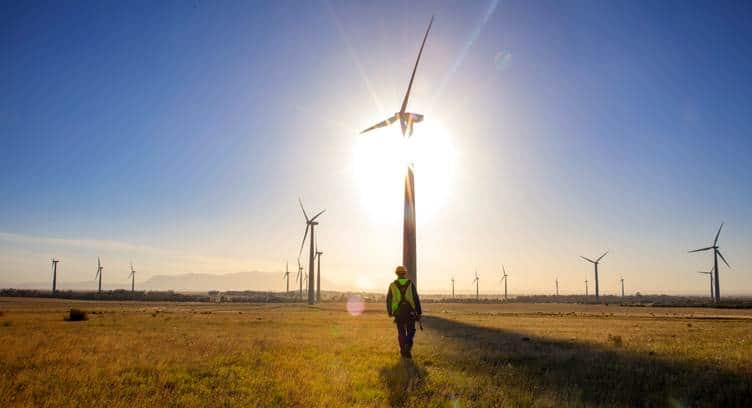As Vodafone New Zealand prepares for the launch of its commercial 5G network, the company is looking forward to the potential of reducing its electricity usage in Aotearoa by at least 10% over the next three years from increased energy efficiencies offered by implementing a range of new technologies.
Sharina Nisha, Head of Platforms, explains: said that the Company is expecting around 10% savings in power consumption over the next few years as we upgrade a number of platforms and decommission legacy technology. “While 5G will result in large increases in data use, because of the efficiencies built into the newer technologies, and as we migrate away from older 2G and 3G networks, we will ultimately reduce our energy consumption in our core network,” said Nisha.
Nisha explains there are four key element that are enabling these energy savings and network efficiencies: Decommissioning legacy networks: This a large focus for the Vodafone New Zealand team, says Nisha. “By upgrading to new network technology across both fixed and mobile, we will see a significant reduction in the power used as newer technologies are designed to be more energy efficient. The recent upgrade and decommissioning of our old home location register (HLR) at our Auckland network centre is a great example.
Another example is network function virtualisation (NFV) where we are moving more of our networks into a more energy efficient virtual environment.” Investing in high efficiency cooling equipment. “We will be optimising our cooling systems across both access and core networks. This includes using free-cooling solutions wherever possible this includes fresh air, heat exchangers or hot air enclosures to save power.” Upgrading batteries and power systems. “By choosing more sophisticated systems, we can achieve improved reliability and lower truck roll costs.” Using dynamic radio access network (RAN) features. “Deploying new network technology means we can dynamically manage capacity based on utilisation, so we only use power when we need it.”
Nisha also notes that 5G will enable efficiencies for New Zealand businesses in Aotearoa.“By using newer technologies that are optimised for peak and off-peak times, and intelligent internet of things (IoT) networks, 5G will create both beneficial economic outcomes and also enhanced environmental and social outcomes. For example smart sensors in schools can reduce power consumption and costs incurred by dynamically ensuring lights only come on when students and teachers enter buildings.“We encourage Kiwi businesses to consider the new use cases that the fifth generation network will offer.”


















